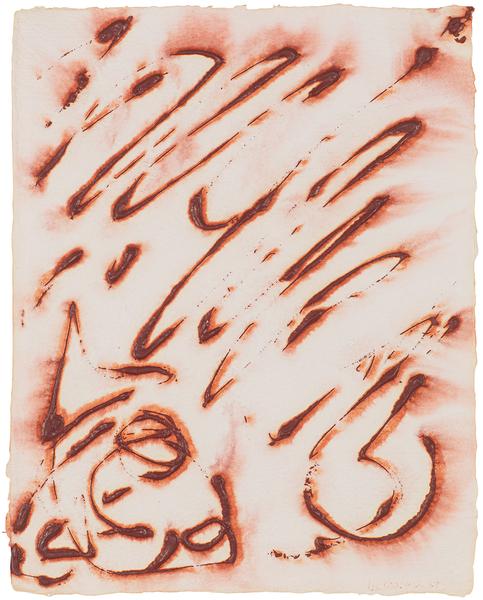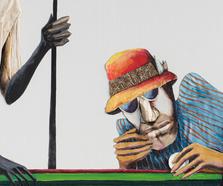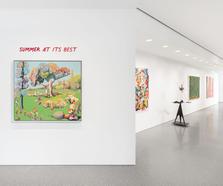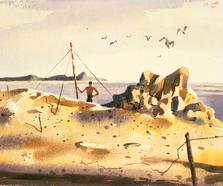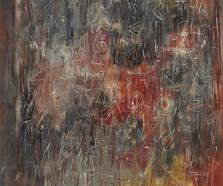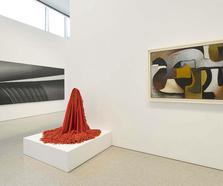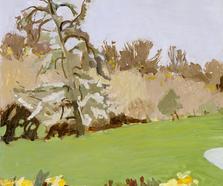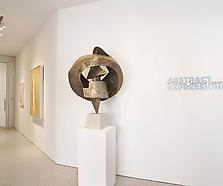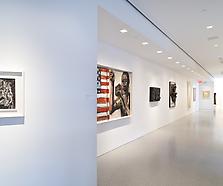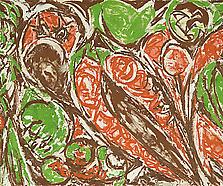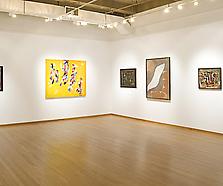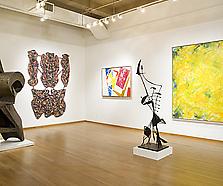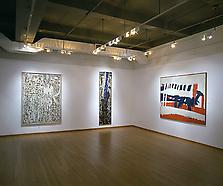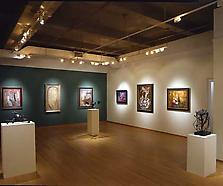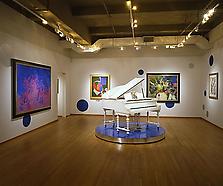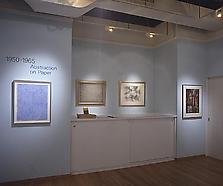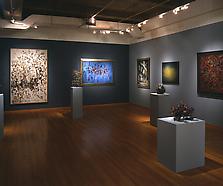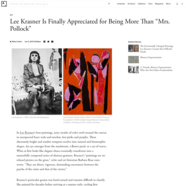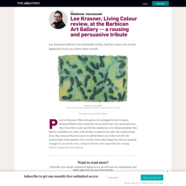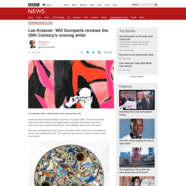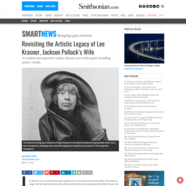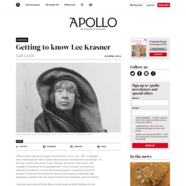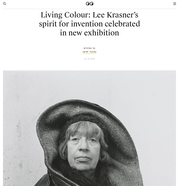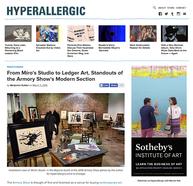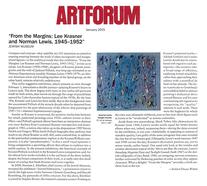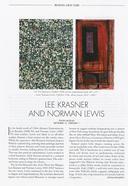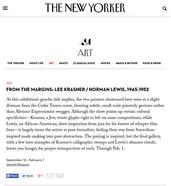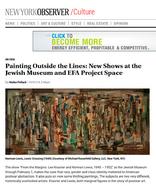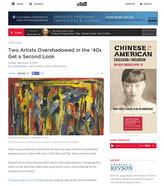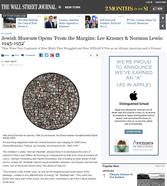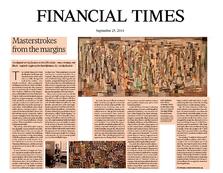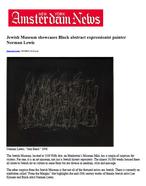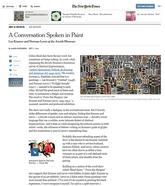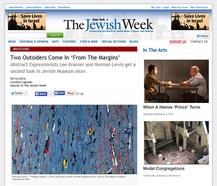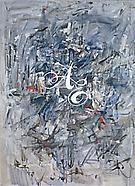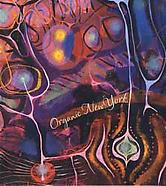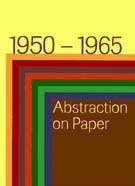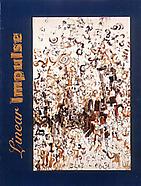“I never violate an inner rhythm. I loathe to force anything. I don’t know if the inner rhythm is eastern of western. I know it is essential for me. I listen to it and I stay with it. I have always been this way, I have regards for the inner voice.”[1]
Lee Krasner was born Lena Krassner in 1908 to parents who had emigrated from Russia to Brooklyn. In 1928, she studied at the Art Students League, and in 1929, after graduating from the Women’s Art School of Cooper Union, she enrolled in classes at the National Academy of Design, where she studied until 1932. Although Krasner received excellent technical training at the Academy, she found the conservative atmosphere stifling, and she was often in conflict with her teachers. Krasner continued her education afterwards, taking courses at City College while supporting herself as a model and waitress. In 1934, she joined the Federal Art Project of the WPA and was quickly promoted to supervisor within the mural division. In 1937, Krasner decided to study with Hans Hofmann at the Hofmann School of Art, which had relocated from Munich to his New York studio. Hofmann encouraged Krasner to jettison the naturalist tendencies acquired in her earlier schooling, and she underwent a radical change of style, rapidly developing an abstract vocabulary and producing cubist-inspired compositions that featured bold geometric forms outlined in black and filled with bright colors. In the 1940s, Krasner pursued her passion for abstraction further, joining the American Abstract Artists (AAA), with whom she exhibited regularly. She had met Jackson Pollock briefly in 1936, but they did not get to know each other until 1941, when Krasner arrived at his studio to see the work of this AAA member with whom she was unfamiliar. His paintings impressed her, and the two artists began a romantic relationship. In 1945, they married and moved to East Hampton.
Pollock’s art and methods of working had a profound affect on Krasner, but his influence never obscured her own vision, nor did it go unreciprocated. As Pollock’s work increased in scale, Krasner devised a different approach to freeing herself from easel painting. In 1945, she began her “Little Image” works, “intimate paintings, rich in surface texture, often loosely structured in a grid yet full of energy and improvisation,” and featuring calligraphic forms.[2] Krasner’s mastery of composition—of a painting’s structure—had an important impact on Pollock’s artwork, as did her maturity as an artist, a trait evident in her willingness to reevaluate and rework earlier paintings. While he taught her the spontaneity that came with “action painting,” she showed him how to focus that freedom into a disciplined and potent composition. In the following decade, Krasner finally began to receive recognition from the New York art world as an artist in her own right.

